Chemical equilibrium occurs at minimum energy from "summary" of Thermodynamics and an Introduction to Thermostatistics by Herbert B. Callen
At the heart of chemical equilibrium lies the principle that a system tends to minimize its energy. When a chemical reaction reaches equilibrium, the system has found a state where the total energy is at its minimum. This means that the system has achieved a balance between the energy associated with the reactants and the energy associated with the products. In the context of chemical reactions, the energy of the system is influenced by factors such as temperature, pressure, and the concentrations of reactants and products. As the system evolves towards equilibrium, it adjusts these factors to lower its overall energy. At equilibrium, the system has settled into a state where any further change would require an increase in energy. The concept of minimum energy at chemical equilibrium can be understood through the lens of thermodynamics. Thermodynamics provides a framework for analyzing the flow and transformation of energy in physical and chemical systems. In the case of chemical equilibrium, thermodynamics tells us that the system will naturally evolve towards a state of minimum energy. At the microscopic level, the proces...Similar Posts

Resilience is key to overcoming obstacles
Resilience is like a secret ingredient that helps us navigate through life's challenges. Just like in a chemistry experiment, w...
Students are encouraged to think critically and analytically
The concept of encouraging students to think critically and analytically is fundamental in the field of education. By fostering...
Transition metals exhibit variable oxidation states
Transition metals are a unique group of elements that exhibit a fascinating property known as variable oxidation states. Unlike...

Newton's laws of motion explain the behavior of objects
Newton's laws of motion form the foundation for understanding the behavior of objects in the physical world. These laws were fo...
Colloid stability evaluation
Colloid stability evaluation is an essential aspect of studying colloidal systems. It involves assessing the ability of colloid...

Love and science collide in unexpected ways
In the world of chemistry, equations are predictable, reactions are calculated, and outcomes are expected. But when it comes to...
